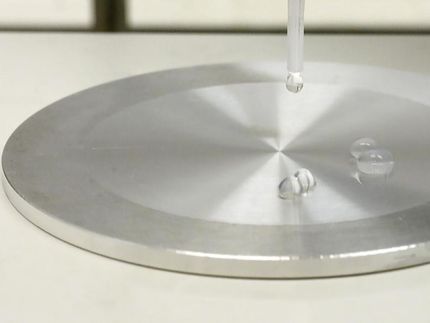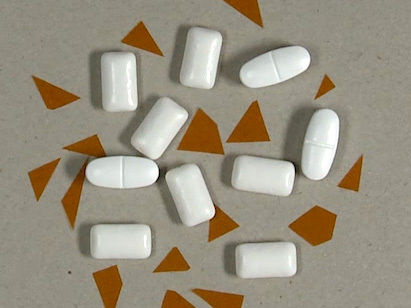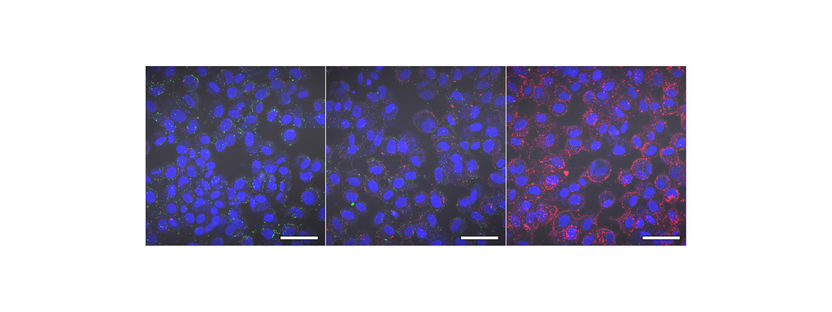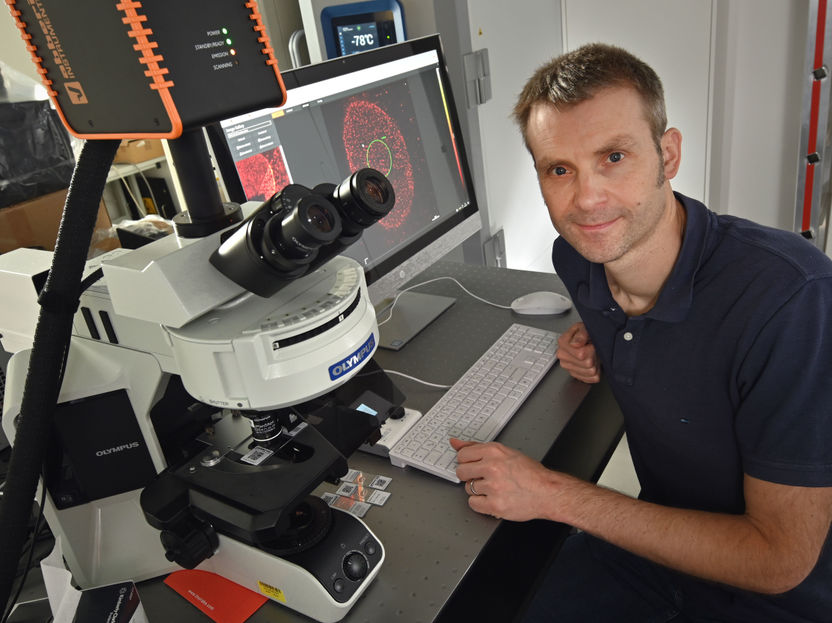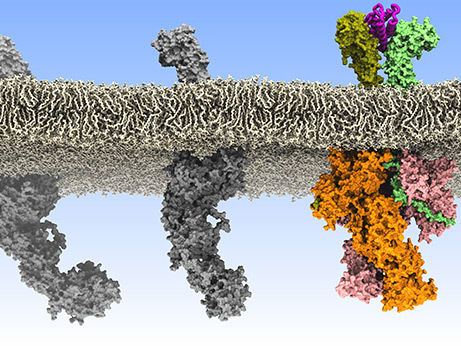Tomatoes get boost in growth, antioxidants from nano-sized nutrients
With the world population expected to reach 9 billion by 2050, engineers and scientists are looking for ways to meet the increasing demand for food without also increasing the strain on natural resources, such as water and energy -- an initiative known as the food-water-energy nexus.

This illustration shows the different effects of the application of nano nutrients on a tomato plant.
Ramesh Raliya, Pratim Biswas
Ramesh Raliya, PhD, a postdoctoral researcher, and Pratim Biswas, PhD, the Lucy & Stanley Lopata Professor and chair of the Department of Energy, Environmental & Chemical Engineering, both at the School of Engineering & Applied Science at Washington University in St. Louis, are addressing this issue by using nanoparticles to boost the nutrient content and growth of tomato plants. Taking a clue from their work with solar cells, the team found that by using zinc oxide and titanium dioxide nanoparticles, the tomato plants better absorbed light and minerals, and the fruit had higher antioxidant content.
"When a plant grows, it signals the soil that it needs nutrients," Biswas says. "The nutrient it needs is not in a form that the plant can take right away, so it secretes enzymes, which react with the soil and trigger bacterial microbes to turn the nutrients into a form that the plant can use. We're trying to aid this pathway by adding nanoparticles."
Zinc is an essential nutrient for plants, helps other enzymes function properly and is an ingredient in conventional fertilizer. Titanium is not an essential nutrient for plants, Raliya says, but boosts light absorption by increasing chlorophyll content in the leaves and promotes photosynthesis, properties Biswas' lab discovered while creating solar cells.
The team used a very fine spray using novel aerosolization techniques to directly deposit the nanoparticles on the leaves of the plants for maximum uptake.
"We found that our aerosol technique resulted in much greater uptake of nutrients by the plant in comparison to application of the nanoparticles to soil," Raliya says. "A plant can only uptake about 20 percent of the nutrients applied through soil, with the remainder either forming stable complexes with soil constituents or being washed away with water, causing runoff. In both of the latter cases, the nutrients are unavailable to plants."
Overall, plants treated with the nanoparticles via aerosol routes produced nearly 82 percent (by weight) more fruit than untreated plants. In addition, the tomatoes from treated plant showed an increase in lycopene, an antioxidant linked to reduced risk of cancer, heart disease and age-related eye disorders, of between 80 percent and 113 percent.
Previous studies by other researchers have shown that increasing the use of nanotechnology in agriculture in densely populated countries such as India and China has made an impact on reducing malnutrition and child mortality. These tomatoes will help address malnutrition, Raliya says, because they allow people to get more nutrients from tomatoes than those conventionally grown.
In the study, published online last month in the journal Metallomics, the team found that the nanoparticles in the plants and the tomatoes were well below the USDA limit and considerably lower than what is used in conventional fertilizer. However, they still have to be cautious and select the best concentration of nanoparticles to use for maximum benefit, Biswas says.
Raliya and the rest of the team are now working to develop a new formulation of nanonutrients that includes all 17 elements required by plants.
"In 100 years, there will be more cities and less farmland, but we will need more food," Raliya says. "At the same time, water will be limited because of climate change. We need an efficient methodology and a controlled environment in which plants can grow."
